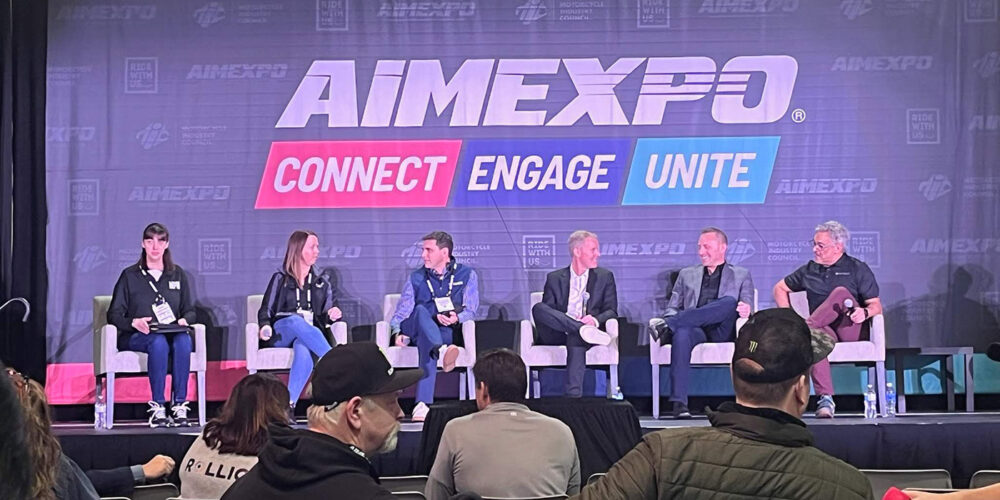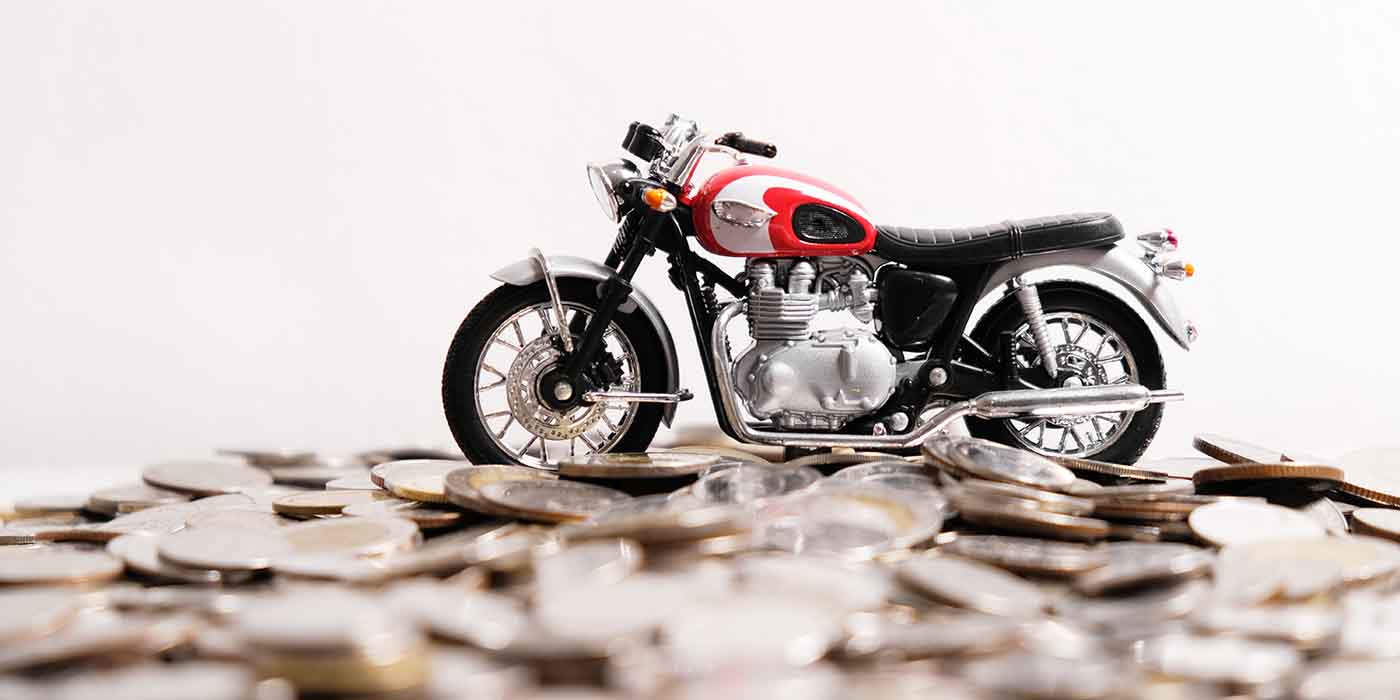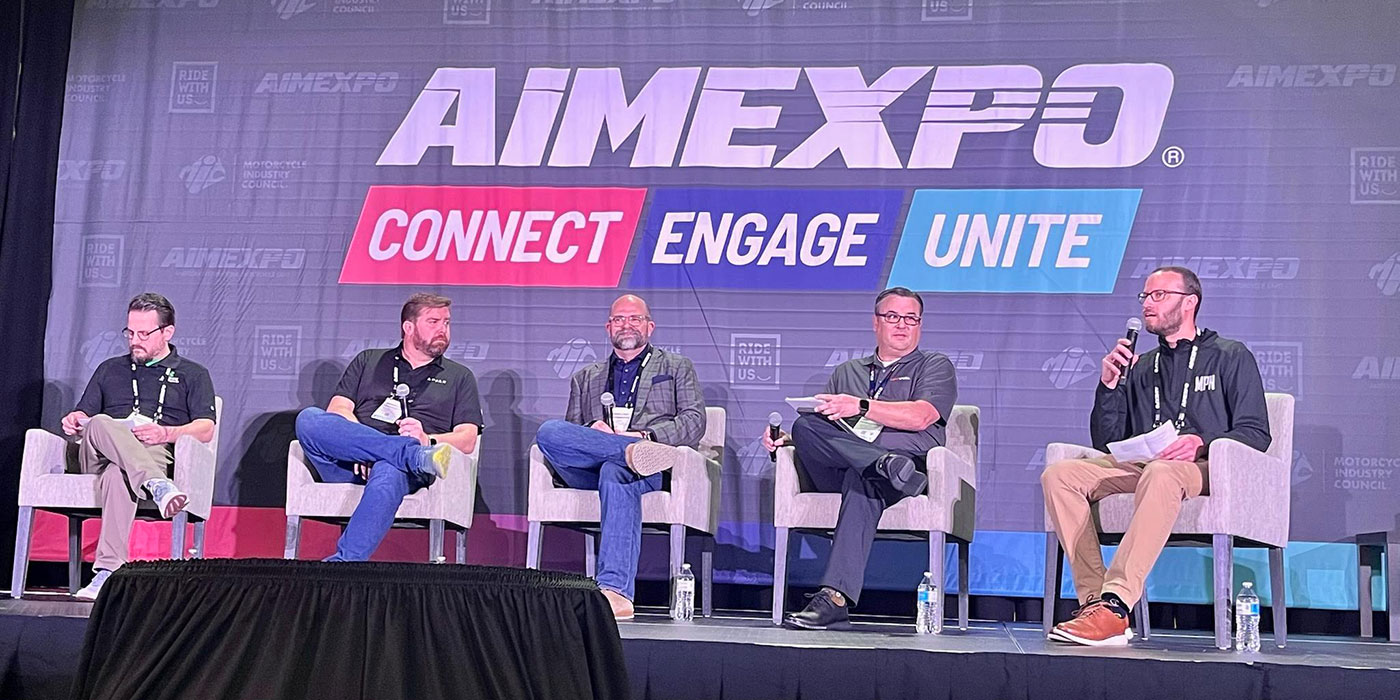 Should you use a trickle charger or a maintenance charger for 12-volt lead-acid batteries? It’s a decision that has significant impact on the batteries’ life cycle.
Should you use a trickle charger or a maintenance charger for 12-volt lead-acid batteries? It’s a decision that has significant impact on the batteries’ life cycle.
While both are designed to slowly emit low-voltage charges to the vehicle battery, the critical difference lies in each charger’s ability to automatically shut off the charge current and not overcharge batteries, which can lead to overheating and serious damage. Another important difference is the ability of some maintenance chargers to desulfate and clean battery plates, restoring them to normal operation and extending battery life.
Trickle chargers are designed to maintain a charge equal to the self-discharge rate of the battery ( 2.23 to 2.25 volts per cell), and it is recommended they be disconnected from the battery to prevent the possibility of overcharging. Leaving an unattended trickle charger on for too long might lead to overheating, causing the battery to boil the electrolyte. The outcome would be a dead battery or — worst case scenario — a fire or explosion.
A maintenance charger (also called a float or smart charger), however, is a true plug-and-play product that takes the human error element out of the battery charging function. Maintenance chargers can be left connected to the battery indefinitely without risk of damage to the battery.
Battery maintenance chargers completely shut off the charge current output to allow the battery to settle, and when the battery’s voltage drops to a certain point, the charger will automatically turn back on and top off the battery. This is safer than a trickle charger.
The Xtreme Charge Battery Charger and Desulfator from PulseTech Products Corporation uses proprietary algorithms combined with microprocessor-controlled technology to measure the battery’s voltage and current to automatically determine and deliver the precise charge rate based on the size and condition of the individual battery, both initially and continuously throughout a five-stage charge process. While few trickle chargers feature a status of battery charge, the Xtreme Charge provides a status light column indicating the percentage of the battery’s state of charge — 25 percent, 50 percent, 75 percent or 100 percent.
Battery sulfation is a wasting disease that claims the life of 80 percent of batteries in use worldwide. A comparison would be your home computer; when infected with a virus or spyware and overloaded with temporary and junk files, it loses speed and efficiency. A utilities tune-up to clear up the operating hard drive is necessary to bring systems back to normal operations.
Unlike trickle chargers, some battery maintenance chargers also employ a desulfating pulse, which automatically cleans the battery’s plates, where sulfation buildup can lead to premature battery failure. PulseTech’s series of battery maintenance chargers employ a patented Pulse Technology as another tool to keep batteries (including VRLA, standard flooded cell and newer sealed AGM types) in prime operating condition using strictly controlled rise time, pulse width, frequency and amplitude of current and voltage pulse. Clean plates means batteries can accept, store and release maximum power all the time. Batteries regularly maintained with a desulfating pulse exhibit much improved life cycles — up to five times in some cases.













